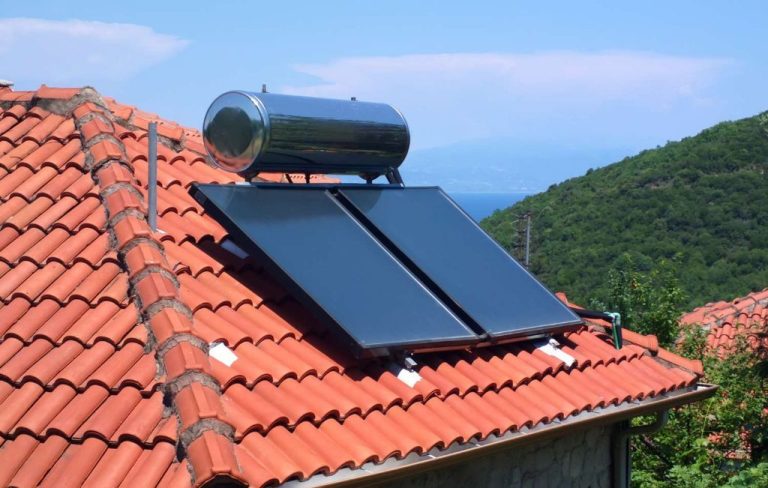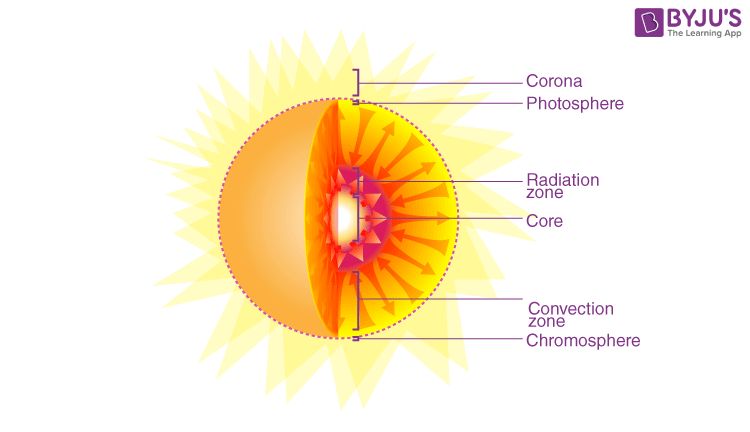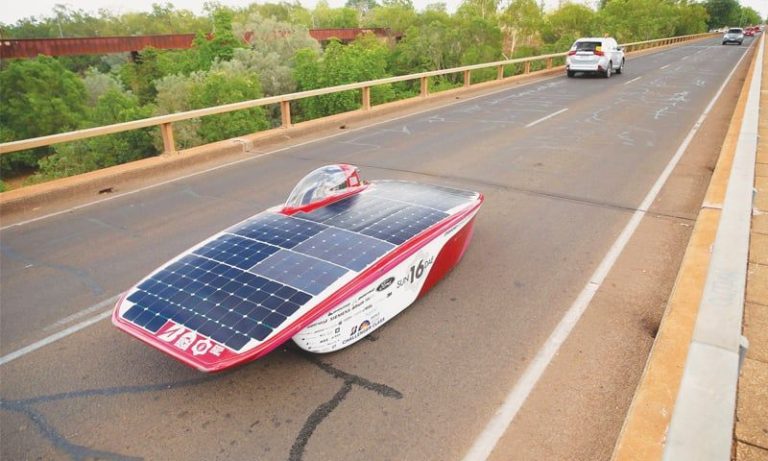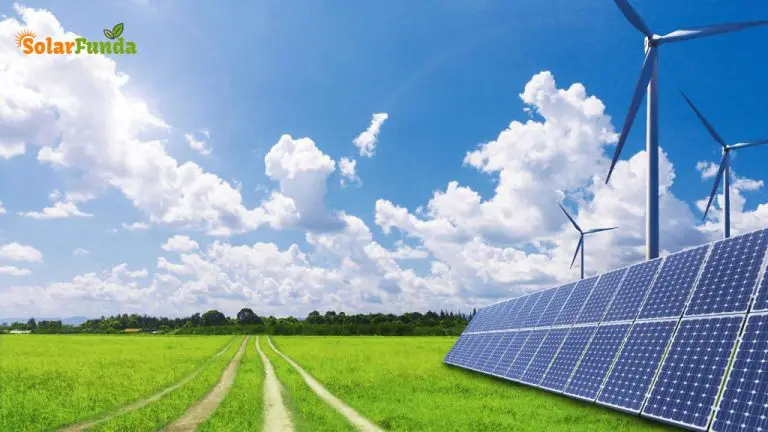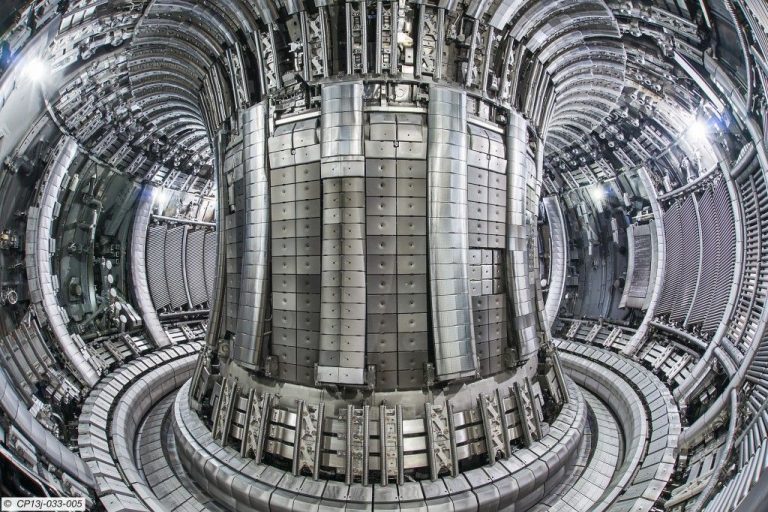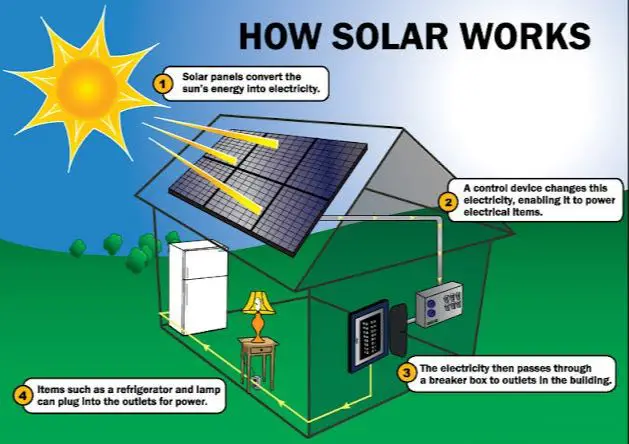What States Have Solar Access Laws?
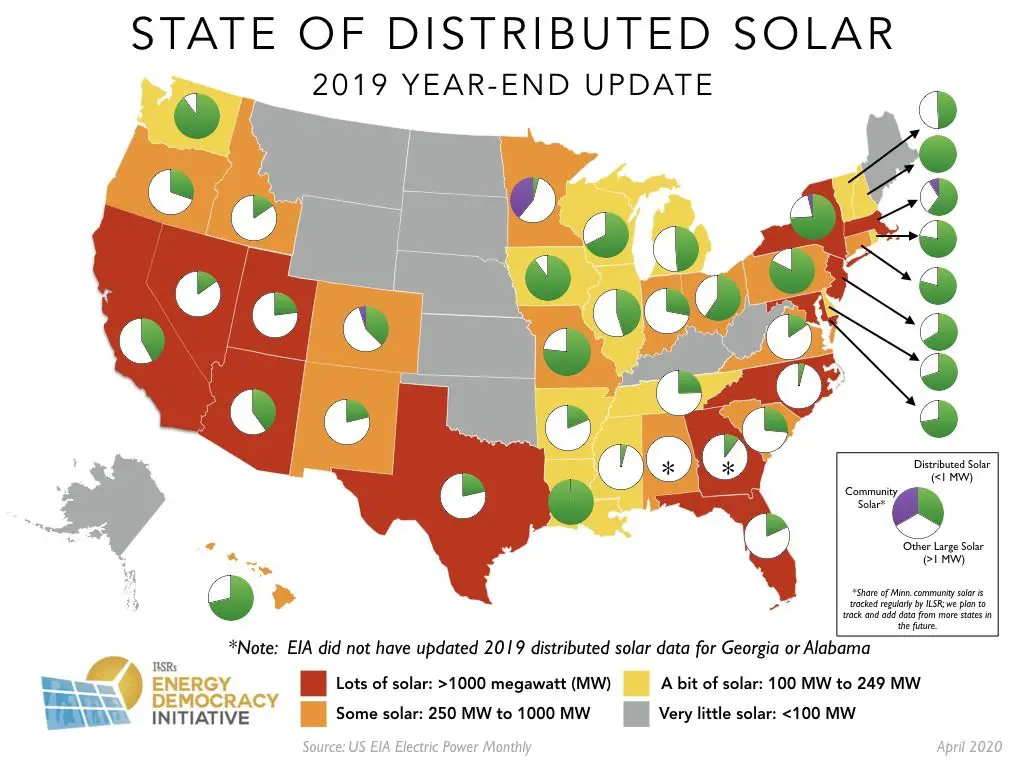
Solar access laws are designed to protect homeowners’ or businesses’ access to sunlight for solar energy systems. These laws prevent obstruction of the sun by limiting the height of buildings, trees, or other objects on neighboring properties. The purpose of solar access laws is to facilitate and encourage solar energy use by ensuring adequate sun exposure. Access to direct sunlight is crucial for effective solar panel operation and maximum energy production. Without solar access protections, neighbors’ buildings, landscaping, or other structures could potentially block solar collectors and diminish their output. Solar access laws provide critical safeguards to protect investments in solar technology and promote renewable energy adoption. As solar energy grows in popularity nationwide, proper solar access is becoming increasingly important.
Definition of Solar Access Laws
Solar access laws are designed to protect the rights of homeowners and businesses to install solar energy systems. They aim to prevent unreasonable restrictions, conditions, or covenants that could prohibit the installation or use of solar collectors, such as photovoltaic (PV) panels or solar water heaters.
The goal of solar access laws is to facilitate and promote the use of solar energy by ensuring access to sunlight is not unreasonably obstructed. They seek to balance the rights of property owners who want to install solar against neighbors who may express concerns about aesthetics, property values, or other issues.
Solar access laws may be enacted at the state or local level. They often void or limit private contracts or ordinances that restrict solar access, such as homeowner association (HOA) covenants or local zoning rules.
These laws allow homeowners, businesses, and solar developers to access sunlight and construct solar projects in ways that are reasonable, responsible, and profitable. This supports the adoption of renewable energy and reduces reliance on fossil fuels.
Overview of Solar Access Laws by State
Currently, over 20 states have enacted some form of solar access laws designed to protect the rights of homeowners and businesses to install solar panels. Some of the key states with comprehensive solar access laws include California, Massachusetts, Wisconsin, New Mexico, and Florida. Other states with more limited solar laws include Colorado, Maryland, Wyoming, North Carolina, and Virginia. Many states, particularly in the Midwest and parts of the South, currently lack statewide solar access protections. However, some individual cities and counties have enacted local solar ordinances.
In general, western and northeastern states have been the most proactive in enacting solar access laws due to higher solar potential and early adoption of solar technology. States like California, New Jersey and Massachusetts established solar rights in the 1970s and 1980s when solar started becoming viable. Since then, states across the rest of the country have gradually followed with their own solar policies, though significant gaps remain. Overall, the current landscape of state solar laws is complex and evolving.
Key Provisions of Solar Access Laws
Solar access laws aim to protect the rights of homeowners and businesses to install solar panels by restricting barriers that could block sunlight. According to the Solar Energy Industries Association (SEIA), some common provisions of solar access laws include:
Solar Easements: A solar easement is a legal agreement between property owners to protect access to sunlight. It prevents obstruction of solar panels by limiting the height of buildings or growth of trees on adjacent properties. Solar easements are either negotiated voluntarily between neighbors or mandated through zoning ordinances. SEIA
Permitting: Most states prohibit homeowners associations (HOAs) and local governments from restricting solar installations through permitting processes. Solar access laws may prohibit permit requirements, unreasonable fees, or waiting periods that hamper solar adoption. SEIA
Zoning: Local zoning laws can impose restrictions on solar installations through height limitations, setback rules, or aesthetic reviews. Some states prohibit these zoning barriers or provide exemptions for solar energy systems. For example, Massachusetts prohibits unreasonable limits on solar energy systems through local zoning. Pepsolar
HOA Restrictions: Homeowners associations may limit roof solar panels through covenants, conditions and restrictions (CC&Rs) that regulate aesthetics or construction. Solar access laws in many states void HOA rules that restrict solar installation, unless for very specific reasons.
Solar Access Laws in California
California has some of the strongest solar access laws in the United States. The key legislation is the Solar Rights Act, contained in California’s Civil Code Sections 714 and 714.1. The act aims to promote and protect the right to use solar energy systems by preventing unreasonable restrictions on solar access (California’s Solar Rights Act, 1981).
The Solar Rights Act prohibits homeowners associations (HOAs) from creating restrictions that significantly increase the cost or decrease the efficiency of a solar energy system. HOAs cannot block installation of solar panels, unless the panels violate specific guidelines on placement to minimize aesthetic impact. The law voids any existing HOA rules that violate a homeowner’s solar access rights (California’s Solar Access Laws, n.d.).
California also enacted the Solar Shade Control Act in 1978. This law prohibits trees or shrubs from being placed to shadow more than 10% of a solar collector on neighboring property during key sunlight hours from 10am-2pm. The law does not apply to trees and shrubs already in place before installation of the solar collector (California Solar Easement and the Solar Shade Control Act, n.d.).
Some local governments in California have gone beyond state law to further protect solar access rights. For example, the City of Lancaster requires new subdivisions to take solar access into consideration in their site layouts (California’s Solar Access Laws, n.d.).
Solar Access Laws in Florida
Florida has a solar rights law that allows property owners to establish solar easements to prevent shading from vegetation or structures on neighboring properties (1). A solar easement is a legal agreement that protects access to sunlight on a property. Under Florida statute 704.07, property owners who install a solar collector are granted protection against shading from neighboring properties between 9am and 3pm (2). However, Florida’s law does not allow restrictions on vegetation planted prior to the installation of a solar system. Neighboring properties also do not have any obligations to reduce shading caused by existing vegetation or structures (3). Overall, Florida’s solar rights law allows for solar easements to prevent future shading issues, but provides limited protection against existing sources of shading.
(1) https://www.solarsource.com/solar-access-law
(2) https://www.solarbyharrimans.com/incentives/solar-access-laws.php
(3) https://yessolarsolutions.com/how-to-deal-with-an-hoa-that-doesnt-want-solar/
Solar Access Laws in Massachusetts
Massachusetts has some of the strongest solar access protections in the country. The state legislature passed a comprehensive solar access law in 1977 called the Solar Access Act (Mass. Gen. Laws Ann. ch. 40A, § 9B).
The law prohibits local zoning ordinances from imposing unreasonable limitations on solar energy systems. Municipalities are also required to protect solar access by regulating the orientation of streets, lots, and buildings.
Specifically, zoning ordinances in Massachusetts cannot restrict the installation of solar energy systems unless it preserves public health, safety or welfare. The law also prevents homeowners associations from prohibiting installations on residences.
In addition, the law enables local zoning rules to protect solar access by regulating lot shapes, minimum setback distances, maximum building heights, and limitations on vegetation growth. These solar zoning provisions are designed to prevent shading and obstruction of solar panels.
Overall, Massachusetts’ Solar Access Act provides comprehensive legal protections at both the state and local level to preserve the right to install solar panels and access sunlight.
Source: Smart Grid Legislative and Regulatory Proceedings
Solar Access Laws in Other States
A few other states beyond California, Florida, and Massachusetts also have solar access laws in place to protect homeowners’ rights to install solar panels. In
Massachusetts, the Solar Access Laws allow reasonable restrictions by HOAs but prohibit unreasonable restrictions. The laws also prevent shading from vegetation and structures on neighboring properties.
New Jersey passed a solar access law in 1976, one of the first in the country. This law prevents local governments from adopting ordinances that would prohibit solar installations. Homeowners associations are also restricted in prohibiting installations.
A few other states, like Oregon, New Mexico, and Hawaii have passed varying solar access protections as well. While details differ, these laws aim to balance homeowners’ solar rights with reasonable community guidelines.
States Lacking Solar Access Laws
While many states have enacted solar access laws to protect homeowners’ rights to install solar panels, there are still 21 states that currently lack comprehensive solar access protections. According to blog.dronequote.net, the following states have limited or no solar access laws on the books:
Alabama, Alaska, Arkansas, Minnesota, Mississippi, Montana, Oklahoma, Pennsylvania, Rhode Island, South Carolina, South Dakota, Texas, Utah, Virginia, West Virginia, Wyoming.
In these states, HOAs and local governments have more power to restrict or ban solar installations on private property. Without strong solar access laws, homeowners may face pushback or denial when attempting to go solar, limiting renewable energy adoption.
Advocates argue that states lacking solar access protections are falling behind in supporting clean energy and energy independence. Clear solar rights for property owners is seen as crucial for growing solar nationwide. Contacting state legislators is one way homeowners can push for better solar policies in these states.
Conclusion
Solar access laws play a critical role in protecting homeowners’ rights to install solar panels and access sunlight. As this article has shown, some states like California and Massachusetts have comprehensive solar access laws, while other states lack protections entirely. Key takeaways include:
– Solar access laws enable homeowners to obtain solar rights through permitting, zoning, or property easements. This gives them legal recourse if a neighbor’s construction or vegetation blocks their solar access.
– States with strong solar access laws like California see much higher adoption of residential solar. Homeowners feel confident investing in solar knowing their access is protected.
– Solar access laws vary widely. Some only protect homeowners after solar is installed, while others are more proactive. The most comprehensive laws provide both permitting and dispute resolution processes.
– Homeowners in states lacking solar access laws face obstacles and uncertainty when adopting solar. They have little legal standing if solar access is obstructed.
– Overall, solar access laws provide important protections as more homeowners go solar. They remove legal barriers and give residents confidence in investing in solar power.

